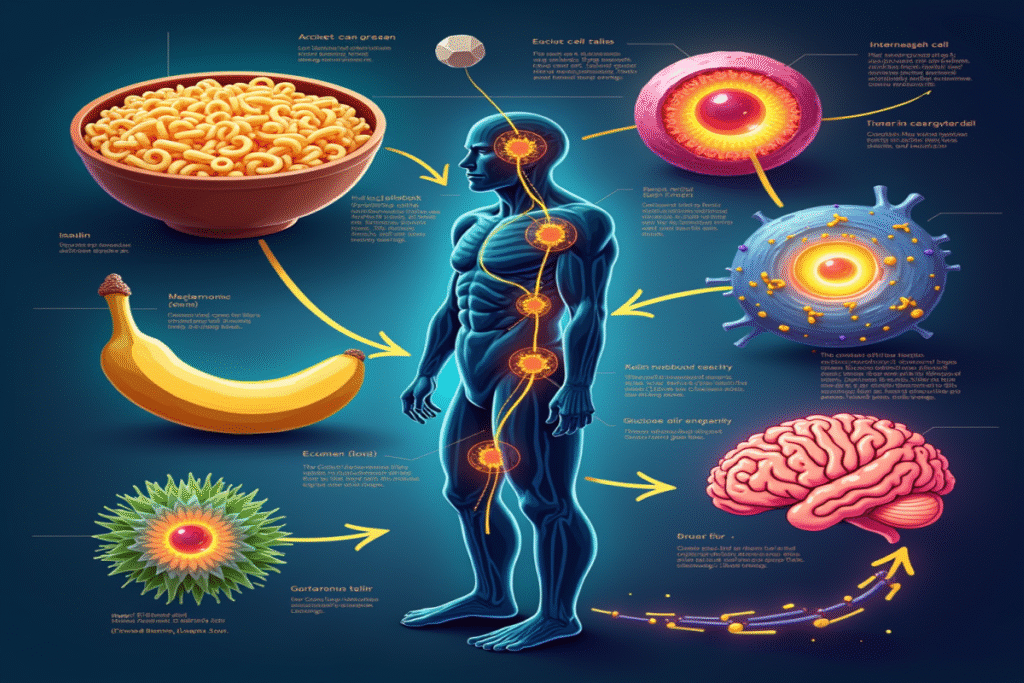Among the ocean’s most charismatic inhabitants, sea otters stand out not just for their adorable appearance, but for their remarkable intelligence. These marine mammals are one of the few non-primate species that regularly use tools in the wild—a behavior that has fascinated scientists for decades.
Masters of the Marine Toolbox
Sea otters (Enhydra lutris) have developed an ingenious method for accessing their favorite shellfish meals. Unlike other marine predators that rely solely on teeth or claws, these innovative creatures use stones as anvils and hammers to crack open hard-shelled prey like clams, mussels, and sea urchins.
The process is mesmerizing to watch: an otter will dive to the seafloor, collect a suitable stone, and tuck it into a loose pouch of skin under its forelimb. After surfacing with gathered food, it floats on its back, places the stone on its chest, and repeatedly smashes the shellfish against it until the shell cracks open, revealing the nutritious meat inside.
The Science Behind the Skill
What makes this behavior particularly remarkable is its sophistication. Research published in the Journal of Comparative Psychology reveals that otters do not just grab any rock—they carefully select tools based on specific properties:
- They prefer stones with flat surfaces that provide stable platforms.
- They select rocks of the right weight and size for different prey types.
- Individual otters develop preferences for particular stones, sometimes carrying their favorites for days or even weeks.
This selective behavior demonstrates an advanced understanding of physical relationships between objects—a cognitive skill once thought to exist mostly in primates.
Anatomical Adaptations
Sea otters’ tool use is supported by specialized anatomy. Their forepaws possess exceptional dexterity, with partially webbed digits that function almost like human hands. This manual precision allows them to manipulate objects with remarkable control.
The loose pouches of skin under their forelimbs serve as natural “pockets” for storing both collected food items and tools while swimming—nature’s version of a tool belt.
A Learned Behavior
Perhaps most fascinating is how this skill develops. Young otters are not born knowing how to use tools—they learn through observation and practice. Researchers have documented mother otters demonstrating proper technique to their pups, who initially struggle with coordination before mastering the skill through persistent trial and error.
This cultural transmission of knowledge is one of the clearest examples of teaching in non-human animals and suggests cognitive abilities far beyond what was once attributed to marine mammals.
Ecological Significance
This tool use is not merely a curiosity—it is a crucial adaptation that allows sea otters to access high-calorie foods necessary to maintain their elevated metabolic rates. With bodies designed for cold-water environments but lacking blubber, otters must consume about 25% of their body weight daily to generate enough heat.
Their shellfish-cracking skills also create ripple effects throughout coastal ecosystems. By controlling sea urchin populations, otters indirectly protect kelp forests, which provide critical habitat for countless marine species and help sequester carbon from the atmosphere.
Ongoing Discoveries
Scientists continue to uncover new dimensions of otter tool use. Recent studies suggest regional variations in technique—essentially, different “cultures” of tool use among separate otter populations. Some groups have even been observed using shells as tools to crack open other shells, showing remarkable problem-solving flexibility.
As we learn more about these intelligent marine mammals, their sophisticated tool use reminds us that human-like intelligence has evolved multiple times and in different forms throughout the animal kingdom—a humbling and awe-inspiring reminder of nature’s boundless complexity.





